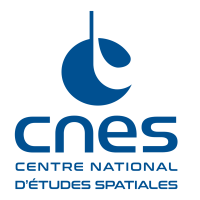Callisto est le nom d'un véhicule spatial haut de 13 m entièrement réutilisable. Son 1er vol d'essai est prévu au Centre spatial guyanais à l’horizon 2026. Son objectif : un aller-retour jusqu'à environ 20 km d'altitude.
Informations essentielles
| Mission | Tester la réutilisation d'un 1er étage de lanceur (atterrissage vertical) |
|---|---|
| Domaine CNES | Transport spatial |
| Date de début | 1er lancement horizon 2026 |
| Partenaires | DLR, JAXA |
| Lieu | Centre Spatial Guyanais |
| Durée | Indéterminée |
| Statut du projet | En développement |
Chiffres clés
- 13 m : hauteur du lanceur
- 10 vols d’essais prévus
- 46 kN de poussée
- 1,1 m de diamètre
Dates clés
- Horizon 2026 : 1er vol d’essai prévu
- 2025 : Intégration du véhicule au Japon
- Fin 2024 : Fin de la phase de conception détaillée
- Fin 2019 : Fin de la phase de conception préliminaire
- 2017 : Intégration des partenaires JAXA et DLR dans le projet
- Fin 2015 : Démarrage du projet en interne CNES
Le projet en bref
Lancer une fusée et la faire revenir sur Terre pour la renvoyer à nouveau dans l'Espace : la réutilisation des lanceurs, concept partiellement mis en œuvre avec la navette spatiale dès les années 80 aux Etats-Unis, est aujourd’hui une voie possible pour l’industrie spatiale. Elle est pour l’instant uniquement utilisée par les sociétés américaines Blue Origin et SpaceX avec un succès certain. En effet, son intérêt principal est de réduire les coûts du lancement, ce qui explique que les clients favorisent ces entreprises.
Depuis le début des années 80, le CNES travaille sur le concept de réutilisabilité et ses études ont finalement abouti à une démonstration concrète. En effet, le CNES a décidé en 2017 - après une phase de travail interne - de lancer avec ses partenaires internationaux un projet qui aboutira à plusieurs vols d'essais d'un petit véhicule spatial entièrement réutilisable baptisé Callisto.
Acronyme de “Cooperative Action Leading to Launcher Innovation in Stage Toss-back Operations”, Callisto est un projet mené en coopération avec la JAXA (agence spatiale japonaise) et le DLR (agence spatiale allemande). En outre, un grand nombre d’industriels internationaux contribuent à la réalisation de cette expérience (Arianegroup, Mitsubishi Heavy Industries, etc.).
Plus précisément, Callisto est un démonstrateur destiné à réaliser des essais en vol pour maitriser le retour complexe d'un lanceur, les opérations de revalidation entre deux vols et chiffrer précisément le coût d’un lanceur opérationnel européen dont le 1er étage serait réutilisable (à ce titre, Callisto n'a pas vocation à devenir un véhicule opérationnel).
Haut de 13 m pour un mètre de diamètre, Callisto est équipé d'un moteur cryotechnique réutilisable fonctionnant à l’hydrogène et à l’oxygène, fourni par son partenaire japonais JAXA. Ce moteur peut moduler sa poussée entre 16 et 46 kN et être réallumé en vol.
Les vols auront lieu depuis le site Diamant du Centre Spatial Guyanais. Afin de rester dans le thème, cette zone de lancement est elle-même réutilisée ! En effet, elle servit dans les années 70 aux lancements du lanceur Diamant B. Elle est actuellement en cours de réhabilitation afin d’accueillir Callisto.
Le 1er vol d'essai de Callisto à l’horizon 2026 sera le premier d'une série de 10 vols.
Le site Diamant servira également ultérieurement aux lancements de micro-lanceurs européens.
Rôle du CNES dans le projet
Le CNES est responsable des études d’architecture de lancement, du système véhicule et du segment sol.
Contacts CNES
Chef de projet
Michel ILLIG
Courriel : michel.illig at cnes.fr
Responsable de la communication du projet
Thomas LIENART
Courriel : thomas.lienart at cnes.fr





